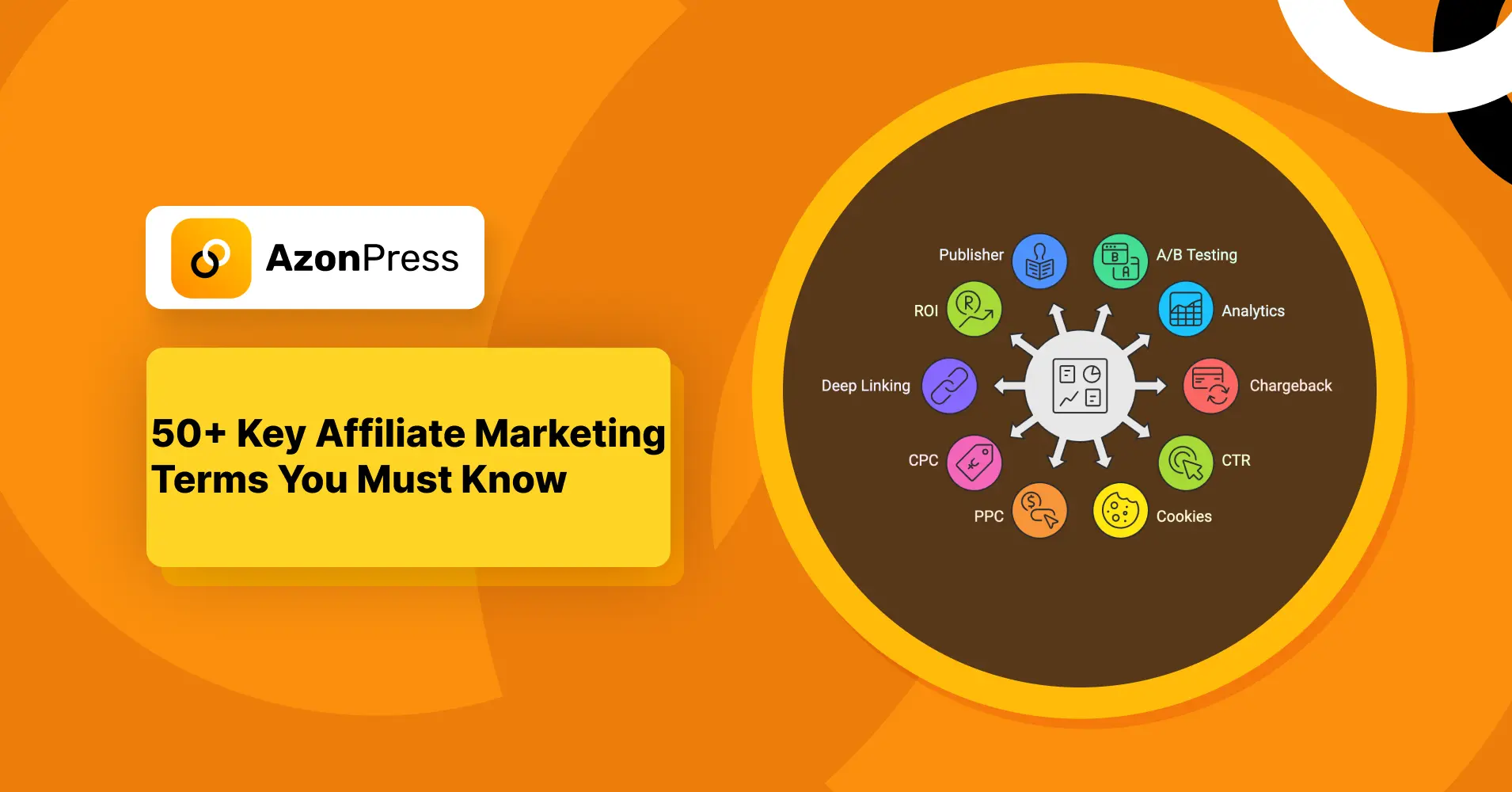
Affiliate Marketing Glossary: 50+ Key Terms You Must Know
Popular Posts
Get access to our Exclusive Offers & Pro Tips
Takeaways:
CPC, PPC, EPC, CTR, CTA, Cookies, FTC, A/B testing, etc. These acronyms either make you money or confuse the heck out of you. This glossary breaks down 50+ essential terms from “conversion rates” to “tiered commission” that every affiliate needs to understand. So, read this guide and stop Googling when someone mentions “cookie duration” or “ROI”; you should know what they mean and how it impacts your commissions.
Ever tried to navigate a city without a map or GPS? This is exactly how lost you’ll feel when you do affiliate marketing without properly understanding the industry language.
You might initially achieve some success, but it won’t last long, cost more, and lead to avoidable mistakes.
That’s why it’s important to familiarize yourself with some key terms commonly used in affiliate marketing.
Whether you’re just about to kick off your affiliate journey or are a veteran, you need to grasp the concepts behind A/B testing, CTAs, Cookies, and more.
So, we’ve prepared this affiliate marketing glossary to help you better understand and enhance your knowledge with these 50+ essential terms that are commonly used in affiliate networks.
What is the affiliate marketing glossary, and how does it help?
Affiliate marketing is full of specific terms and acronyms that can confuse anyone. You might wonder when you first heard words like “CPS” or “Link cloaking.”
This is where the affiliate marketing glossary serves as a dictionary. It’s a curated list with a clear definition of key affiliate marketing terms, phrases, and jargon that are commonly used in this industry.
It helps beginners and even seasoned pros to understand the technical language, acronyms, and concepts that are essential to becoming a successful affiliate.
It assists you in decoding the industry jargon like PPC, CPA, conversion rate, deep linking, etc. It also helps you communicate effectively with the affiliate networks, managers, and other marketers.
Having a solid understanding of common affiliate marketing terms gives you a real edge. It enables you to make smarter decisions when choosing programs, interpreting data, or optimizing strategies.
50+ Common affiliate marketing terms you need to know
There are hundreds of jargons or terms you’ll find in affiliate marketing. But you won’t need all of them. You can’t even recall all that well. So what’s a better idea?
You should only be familiar with the most commonly used terms in affiliate marketing. So, let’s explore some of the major terms in the affiliate marketing glossary for newbies to clear up the concepts.
1. Advertiser
An advertiser is the business or brand that owns the product or service being promoted. They pay affiliates a commission for driving traffic, leads, or sales through their referral links.
2. Affiliate
An affiliate is a person or business that promotes a product or service in exchange for a commission. As an affiliate, you’ll earn money when someone makes a purchase or completes an action through your unique affiliate link.
3. Affiliate Agreement
An affiliate agreement is a legal contract between the affiliate and the advertiser or network. It outlines the terms, commission structure, rules, and responsibilities involved in the affiliate partnership.
4. Affiliate Manager
An affiliate manager oversees an affiliate program on behalf of the advertiser or network. They recruit affiliates, provide support, monitor performance, and ensure compliance with program rules.
5. Affiliate Network
An affiliate network is a platform that connects affiliates with multiple advertisers and offers. It handles tracking, reporting, and payments, making it easier for both parties to manage affiliate relationships.
6. Anchor text
Anchor text refers to the clickable text within a hyperlink. In affiliate marketing, it’s often used to naturally insert affiliate links into content using relevant keywords.
7. Alt text
Alt text (alternative text) is a short description added to an image’s HTML tag. It helps search engines understand the image and improves accessibility for users with screen readers.
8. Chargeback
A chargeback occurs when a customer disputes a charge and gets a refund from their bank or credit card company. In affiliate marketing, the affiliate loses the commission for that sale.
9. Click-Through Rate (CTR)
CTR is a straightforward metric. It’s one of the most popular terms in the affiliate marketing glossary for newbies. It measures the percentage of people who click on your affiliate link after viewing it.
Formula: (Clicks ÷ Impressions) × 100. It’s a key indicator of how effective your link or ad is.
10. Commission
Commission, also known as a referral fee, is the money an affiliate earns for generating a sale, lead, or action through their referral link. It’s usually a fixed amount or a percentage of the sale price.
11. Conversion Rate
Conversion rate is a common affiliate marketing term. It’s the percentage of users who take a desired action, like making a purchase, after clicking your affiliate link.
Formula: (Conversions ÷ Clicks) × 100
12. Cookies
Cookies are small data files stored in a user’s browser that track their activity. In affiliate marketing, they help identify which affiliate referred a customer, so commissions can be properly credited.
13. Cookie Duration
Cookie duration is the length of time a tracking cookie remains active after a user clicks an affiliate link. If the user converts within this period, the affiliate earns the commission. It’s one of the most important affiliate marketing terms.
14. Cost Per Action (CPA)
CPA is a commission model where affiliates earn money when a user completes a specific action, like signing up for a newsletter or downloading an app, not just making a purchase.
15. Cost Per Click (CPC)
CPC is a very common term used in affiliate marketing. It’s a payment model in which you get paid by the advertiser each time someone clicks on your affiliate link, regardless of whether a sale or conversion occurs. It’s often used in PPC (Pay-Per-Click) advertising.
Get access to our exclusive offers and pro tips!
16. Cost Per Lead (CPL)
CPL is a commission model where you earn a commission for generating a lead, such as a form submission, sign-up, or inquiry, for the advertiser. These leads represent potential customers who will be utilized in future campaigns.
17. Cost Per Sale (CPS)
CPS is another commission model in which affiliates earn money for each successful sale generated through their referral. It is one of the most common commission models used in affiliate marketing.
18. Deep Linking
It’s a technique of creating affiliate links that lead traffic directly to a specific product or page on the advertiser’s website, instead of just the homepage. It enhances their overall experience and improves conversion as well.
19. Earnings Per Click (EPC)
It’s a metric that shows how much money you earn on average for each click on your affiliate link.
Formula: (Total earnings ÷ Total clicks)
20. FTC Disclosure
A notice or page of legal requirement where you must clearly state that you may earn a commission from links or products you promote.
21. First Click
A tracking model where the first affiliate to refer a customer gets the commission, even if the customer later clicks on other affiliate links before purchasing.
22. Geo Targeting
Geo-targeting is an important marketing strategy that shows content or offers based on a user’s geographic location. It helps affiliates deliver more relevant promotions to specific audiences.

23. Hyperlink
A clickable text, image, or button that takes users to another webpage. In affiliate marketing, it’s used to direct traffic to a product or offer using a trackable affiliate link.
24. Impression
An impression is counted each time an ad or affiliate link is shown to a user. It measures how often your content is seen, not clicked.
25. Keyword
A keyword is a specific word or phrase that people type into search engines to get a specific result. Affiliates use those keywords to target their content and attract the right audience through SEO or paid ads.

26. Link Cloaking
Link cloaking is a technique used by many affiliates to shorten long affiliate links. It makes them look cleaner and user-friendly.
27. Landing Page
A standalone web page where users “land” after clicking an affiliate link. It’s designed to encourage a specific action, like making a purchase or signing up.
28. Lifetime Value (LTV)
The total amount of money a customer is expected to spend on a business’s products or services over the entire time they remain a customer.
29. Link Juice
It’s an important affiliate marketing term used in SEO to describe the value or authority passed from one webpage to another through hyperlinks, either from internal or external sources. It’s one of the most crucial factors to improve search rankings.
30. LSI Keyword
Latent Semantic Indexing (LSI) keywords are terms related to your main keyword that help search engines understand the context of your content better.

31. Merchant
Merchant is another term for the advertiser. The business or company that sells the product or service that affiliates promote.
32. Minimum Payout Threshold
The minimum amount you must earn as an affiliate before you can withdraw or receive your commission payment.
33. Native Advertising
It’s a type of ad that blends in with the surrounding content, making it look natural and non-disruptive to the user experience.
34. Niche
A niche is a specific topic or market segment that an affiliate focuses on. A niche can be anything, like fitness, tech gadgets, or travel. It helps you target a defined audience.
35. Payout
Payout is the money an affiliate receives after reaching the required threshold or payment date for their earned commissions. It can be either fixed or dynamic.
36. Pay Bump
A temporary or permanent increase in commission rate offered to affiliates, usually as a reward for high performance or to motivate more sales during a promotion.
37. Pay-Per-Click (PPC)
An advertising model where affiliates or advertisers pay each time visitors click on their ad or link.
38. Pixel Tracking
In affiliate marketing, “pixel” often refers to the Facebook Pixel. It’s a tracking tool that helps measure the effectiveness of Facebook Ads by monitoring user actions on landing pages.
39. Postback URL
A server-to-server tracking method that sends real-time conversion data (like a sale or lead) from the advertiser’s system to the affiliate platform.
40. Publisher
Another name for an affiliate, like a synonym.
41. Recurring Commission
A commission structure where affiliates continue to earn money not only on the initial purchases but also for the repeat purchases. Affiliates earn regularly (e.g., monthly) as long as their referred customer subscribes to a service.
42. Return on Investment (ROI)
In the affiliate marketing glossary, “ROI” is one of the key terms that is often used when a campaign runs. It’s a metric that shows how profitable your campaign is by comparing the profit made to the money spent.
Formula: (Revenue – Cost) ÷ Cost × 100
43. SEO (Search Engine Optimization)
SEO is a very common term in the affiliate marketing glossary. It’s the process of optimizing your content and website to rank higher in search engine results to attract free, organic traffic.
44. SEM (Search Engine Marketing)
Search engine marketing is an area of marketing focused on getting traffic through paid ads, especially on platforms like Google. Unlike SEO (which targets free traffic), SEM is used by affiliates to drive targeted visitors directly to offers or build email lists for future promotions.
45. Split Testing or A/B Testing
A method of comparing two versions of a webpage, content, copy, ad, or offer to see which one performs better. Affiliates use it to improve clicks, conversions, or sales.

46. Sub-Affiliate
An affiliate who is referred by another affiliate. The original affiliate (called a super affiliate) may earn a small percentage of the sub-affiliate’s earnings.
47. Tiered Commission
A commission structure where affiliates earn more as they hit certain performance levels or refer others who also earn commissions.
48. Tracking ID/Sub-ID
A custom tag added to affiliate links to track where clicks or sales are coming from—like a specific ad, page, or campaign.
49. Unique clicks
The number of individual users who click on your affiliate link. Unlike total clicks, it counts each person only once, no matter how many times they click.
50. Upsell
It’s a sales technique to make an additional offer to a customer after they’ve already decided to buy. It increases the total sale amount and often the affiliate’s commission as well.
51. White Label
A product or service created by one company that another company can rebrand and sell as its own. Some affiliates use white-label solutions to market products under their own brand.
These are the useful and most common affiliate marketing terms that you should know before jumping into the industry.
Wrapping up
Now you’ve got the city map in your hand, which will make your journey smoother, quicker, and way less confusing. Understanding the affiliate marketing lingo similarly helps you to make smart decisions, keep track of your progress, and communicate like a pro.
So, whether you’re just starting or looking to sharpen your skills, this glossary is your go-to guide whenever you hit a roadblock.
Read Similar Blogs
We build lasting partnerships to boost and manage revenue growth





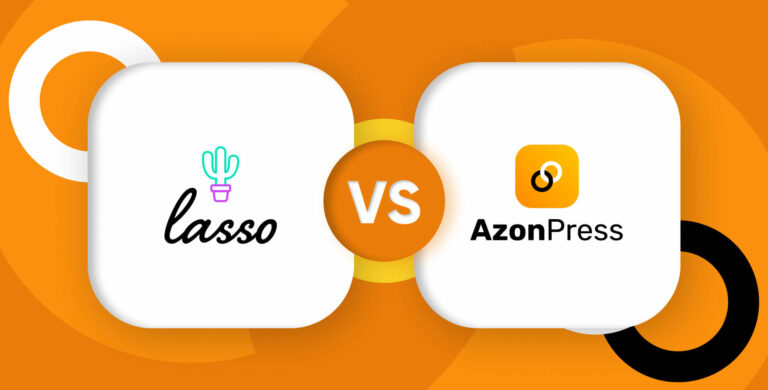
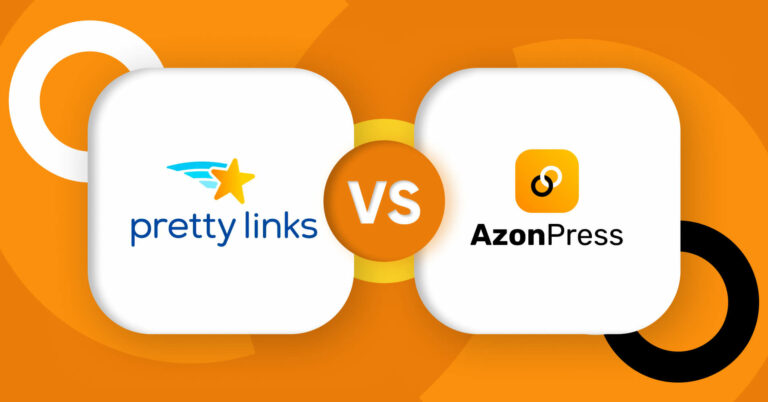
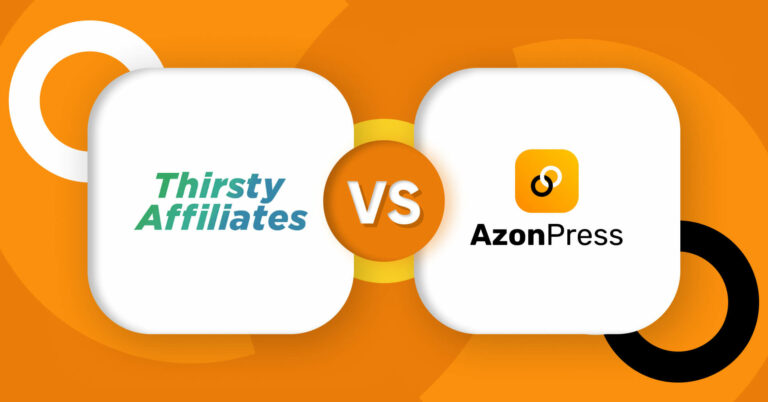





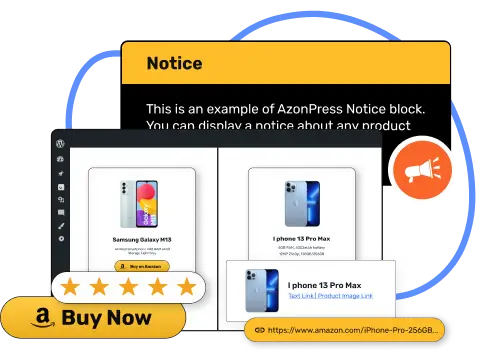





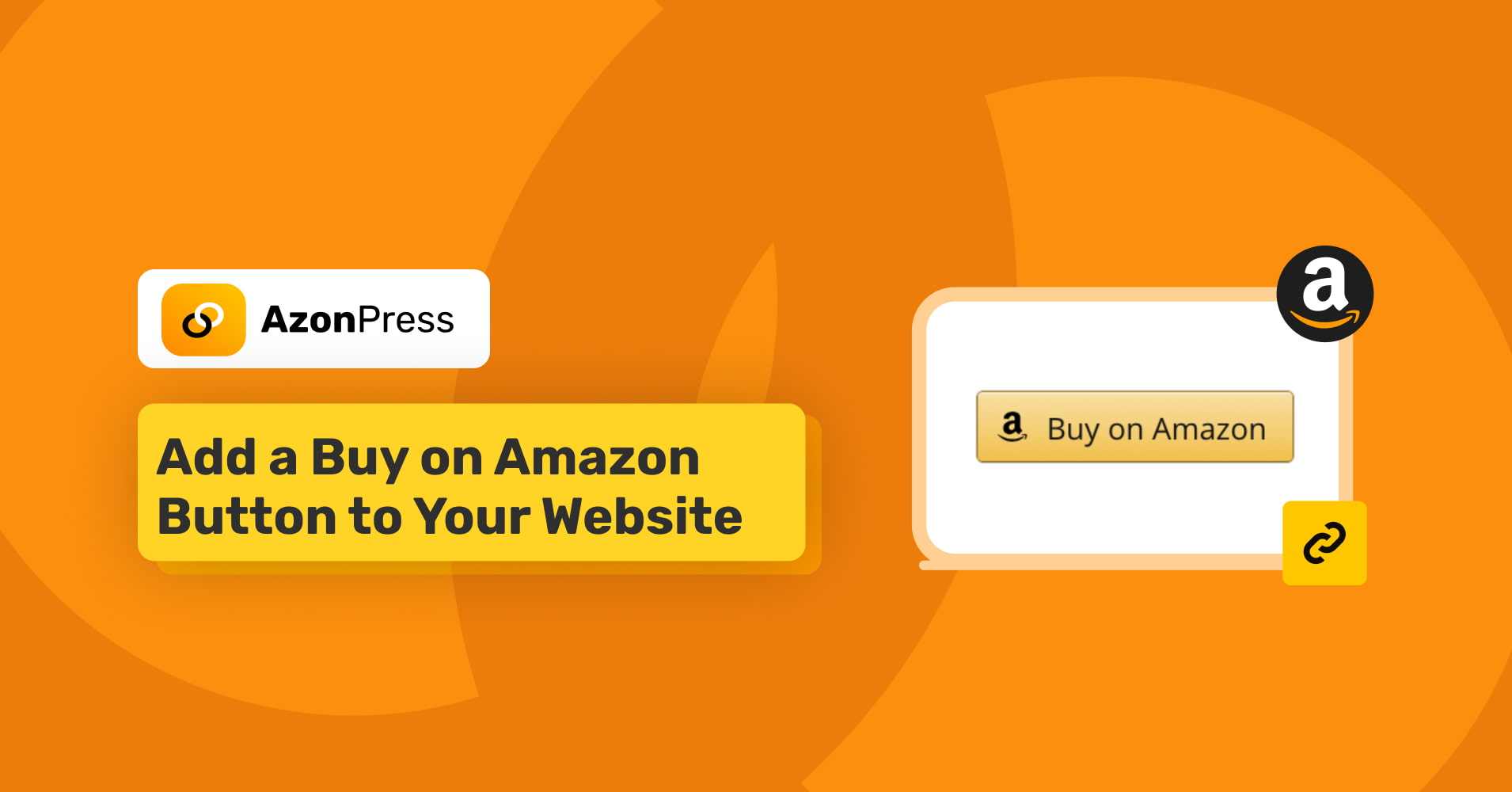

Leave a Reply